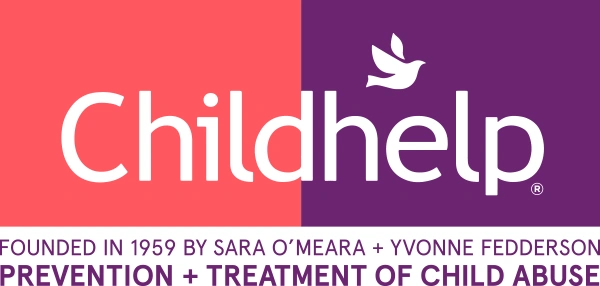Online Resources
Prevent Child Abuse America
Dedicated to providing information on child abuse and inspiring hope to everyone involved in the effort to prevent the abuse and neglect of children.
Stand for Children
Advocate for improvements to, and funding for, programs that give every child a fair chance in life.
Children Now
Information on child abuse and on making children the top public policy priority.
American Humane
Devoted to preventing cruelty, abuse, neglect and exploitation of children and animals.
Child Welfare League of America
Child Welfare League of America National Data Analysis System CWLA, in cooperation with the nation’s state child welfare agencies, provides a comprehensive, interactive child welfare database. Internet users can create customized tables and graphs, as well as access information on child abuse.
Child Welfare Information Gateway
Child Welfare Information Gateway connects professionals and concerned citizens to timely, essential information and resources targeted to the safety, permanency and well-being of children and families.
Child Trends Data Bank
Source for the latest national trends and research on over 100 key indicators of child and youth well-being.
Children’s Action Alliance
Helps promote the well-being of children and their families through research, policy development, media campaigns and advocacy.
Children’s Defense Fund
Mission is to ensure every child has a Healthy Start, a Head Start, a Fair Start, a Safe Start and a Moral Start in life.
National Data Archive on Child Abuse
Exchange among researchers in child maltreatment field.
Respect in Sport
Respect in Sport is an online bullying, abuse, harassment and neglect prevention program for coaches and community leaders.
U.S. Department of Health and Human Services, Children’s Bureau
Government site featuring information on child abuse, statistics, and resources related to child welfare.
Zero to Three
Publications, reference guides to programs, projects and professional developmental services promoting the healthy development of our nation’s infants and toddlers.
